The Beestra


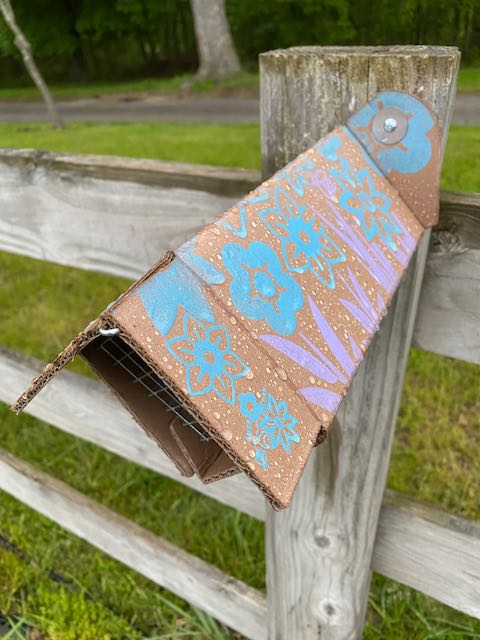
The Beestra Feels Like Home to a Bee
The Beestra is designed as a home for certain species of above-ground nesting native bees such as mason bees and leaf cutter bees. These bees represent maybe 20-30% of the estimated 450 native bee species you should have around your home.
Normally, these bees nest in spaces in trees and hollow reeds and sticks. These are cellulose structures and that’s exactly what the Beestra is.
The Beestra is made of 50% recycled materials and is designed to be recycled or composted after one year’s use. The structure is made of two layers of corrugation bonded together for strength and crush resistance. Both layers are built with a special mineral coating that makes the Beestra water resistant. The outer layer will get wet in a rain storm, but it dries out.
See the water beading on the surface? We get a lot of rain in the Ozarks and the Beestra does just fine.
Special Features
-
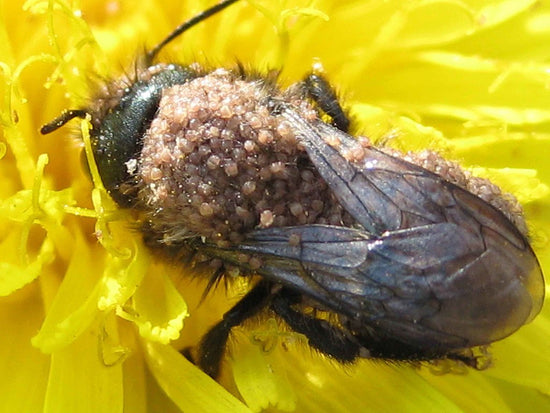
Parasite Prevention
The Beestra avoids the number one issue plaguing other bee hotels: parasites. We make it easy to start fresh every year so there's no buildup of the deadly mites. (photo cred: GeeBee60, CC BY-SA 4.0, via Wikimedia Commons)
-
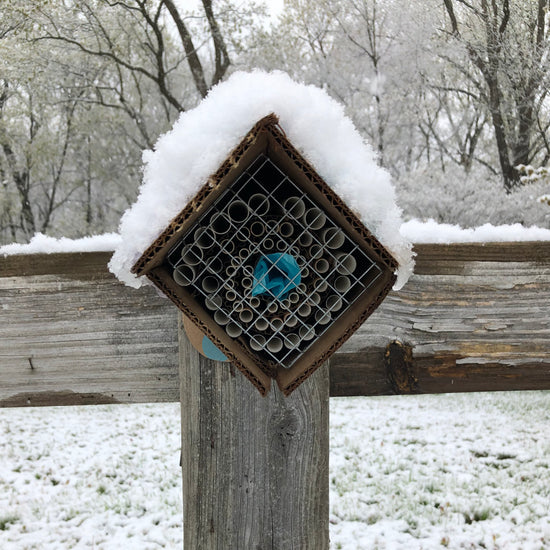
Weather-Resistant
Nontoxic mineral-coated fiber board resists water and mold, lasts all year, and is easily composted or recycled when you're done.
-
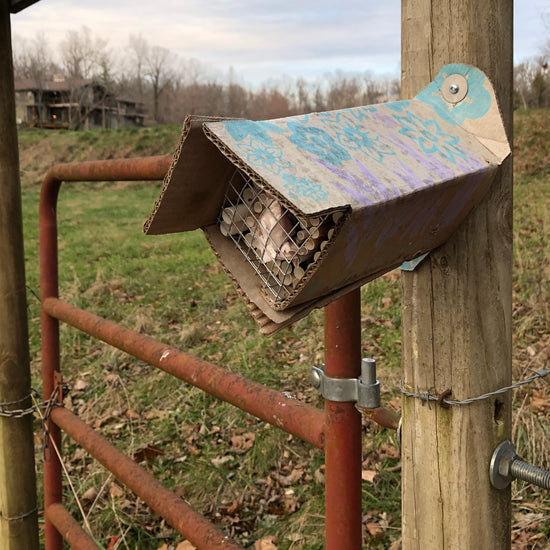
Single-Season Use
Simply recycle or compost your Beestra and replace it every Spring. No clean-up, no maintenance. It will look weathered at the end of its life- that's your reminder to replace it!
-
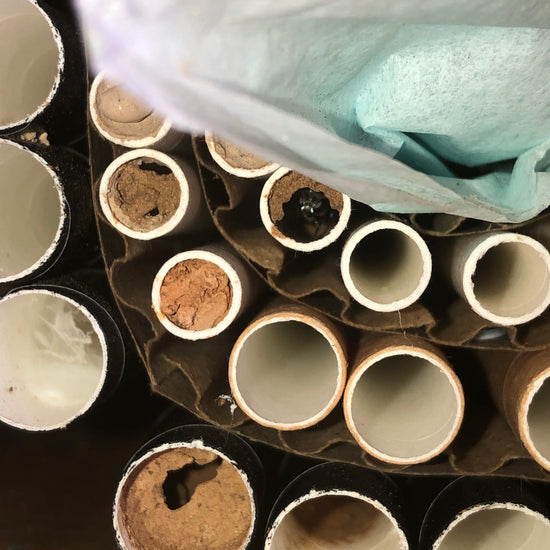
The Right Nesting Tubes
A design backed by science: 7.5" deep to ensure proper population growth, with different diameters to accommodate a variety of bee species.
-
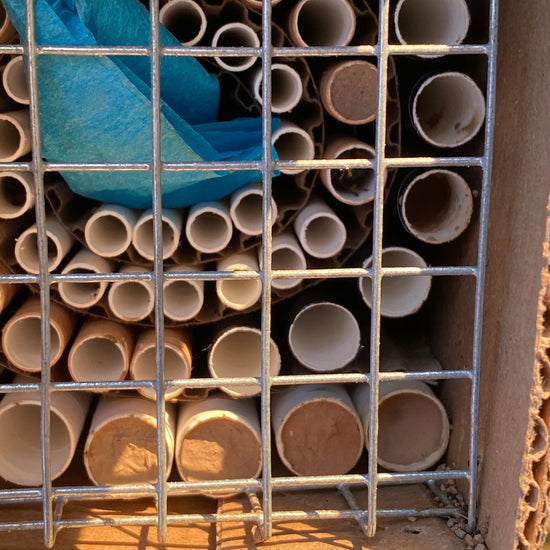
Predator Protection
The removable screen allows you to reach inside while keeping squirrels and birds out.
-
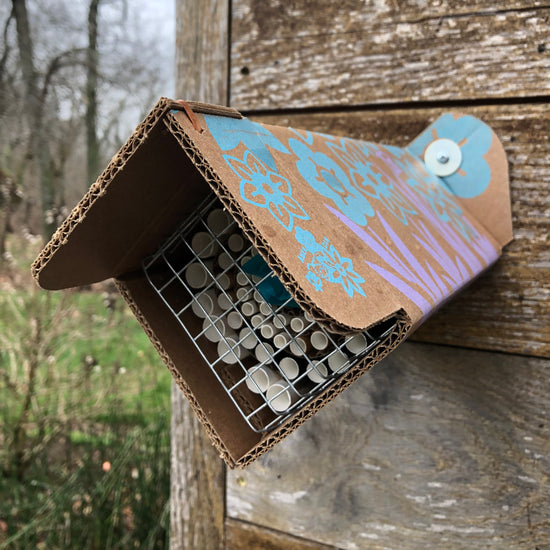
Rock-Solid Mount
Our easy-to-install mount fastens the Beestra tightly to any wall, post, or tree. This keeps the Beestra from swinging, which can cause damage to the bees inside.
The Beestra is Just the Beginning
By the end of a season, your Beestra should give you a pretty good idea about how well your yard attracts native bees.
If your Beestra is full, keep doing what you're doing because it's working! By installing a new Beestra every year, you'll provide a safe haven as your local bee population grows and grows.
If your Beestra didn't find a lot of bees, you'll have to think about why that may be. Most likely, you just need to plant more native flowers to attract them. Avoid using pesticides and try to maintain a little wildness in your yard to make them comfortable.
To give your Beestra the best shot at finding bees, take a look at our "Tips for Success" below.
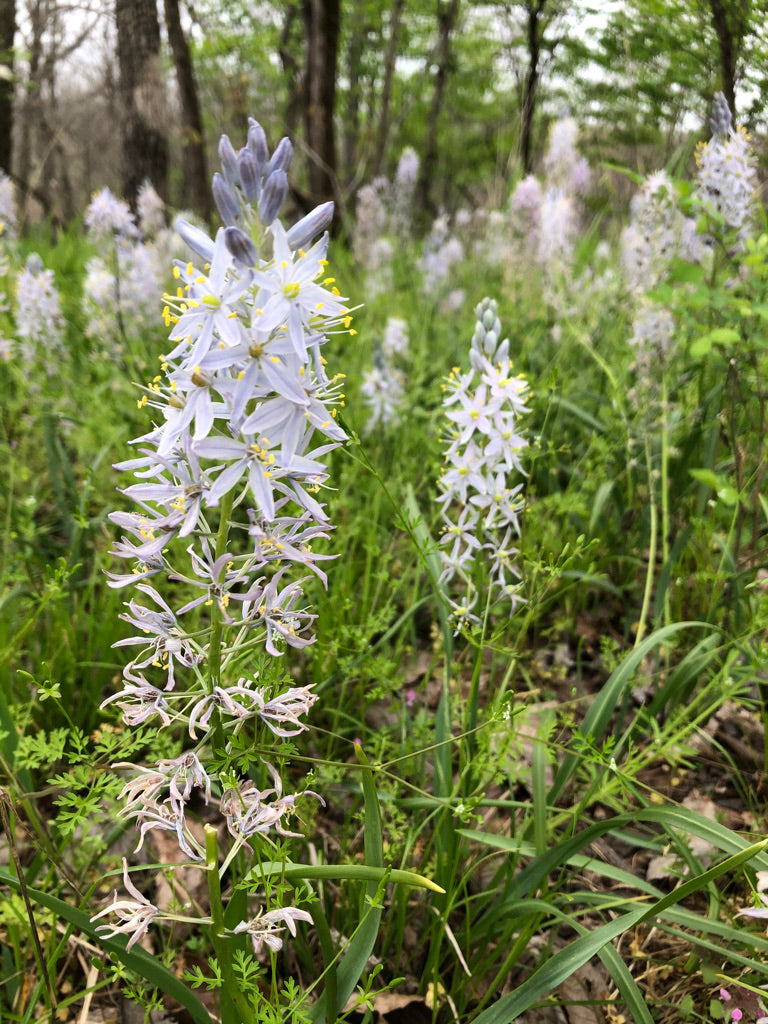
Tips for Success
1. Plant flowers! We repeat this over and over again because it is absolutely crucial. Bees need flowers for food, so plant as many as you can if you want lots of bees. If you set up a Beestra and didn't find any bees all year, you may not have enough flowers to support them.
2. Install your Beestra facing south or southeast. Bees like morning sun. Avoid shady areas.
3. Have some mud nearby. A natural source of water, a hole in the ground, or an occasional hose set on bare earth are all great. Clay-rich dirt is best. This is what mason bees use to build their nests.
NOTE: Bees are mysterious little creatures. Sometimes you'll find them in unexpected places, and sometimes the most ideal locations are a bust. Feel free to experiment with your Beestra and try different placements.
What's wrong with other bee hotels?
The answer is pretty simple. Most of those bee hotels are death traps! Sounds dramatic, but it's true.
Here's why:
-
Parasites
Bees carry parasites. When bees nest in the same bee hotel year after year, these deadly pests build up inside. It doesn't take long for the parasites to completely overwhelm the bee population. Most cheap bee hotels are not designed to be cleaned, which means that there is no way to prevent parasite infestation.
-
Bad Materials
Many bee hotels are constructed out of bamboo or plastic. These materials are not very breathable, which means that moisture can build up and expose bees to harmful pathogens. Plus, tubes made out of these materials are difficult to open up. That's a problem if you want to open your tubes and remove the cocoons for safekeeping.
-
No Protection
It is crucial that bee houses have an overhang to protect the bees from rain. Without it, the bees are exposed to moisture which can spread disease and allow mold to grow. Most bee hotels we've seen expose the nesting tubes directly to the weather. In addition, they often lack a predator screen, which turns the bee hotel into a bee buffet for birds and squirrels.
-
Short Nesting Tubes
It is crucial that nesting tubes are at least 6" long. Bees lay fertilized (female) eggs at the back of the tubes and unfertilized (male) eggs at the front. Short tubes lead to mostly male eggs being laid. Male bees are nearly useless! They do none of the valuable pollinating that females do; plus, having too many males can seriously slow population growth.
This is just a partial list of why other bee hotels are bad news. For even more information, check out this blog post by entomologist Colin Purrington. In another post, he recommends BeeFoster for checking all the boxes of safe bee houses.






